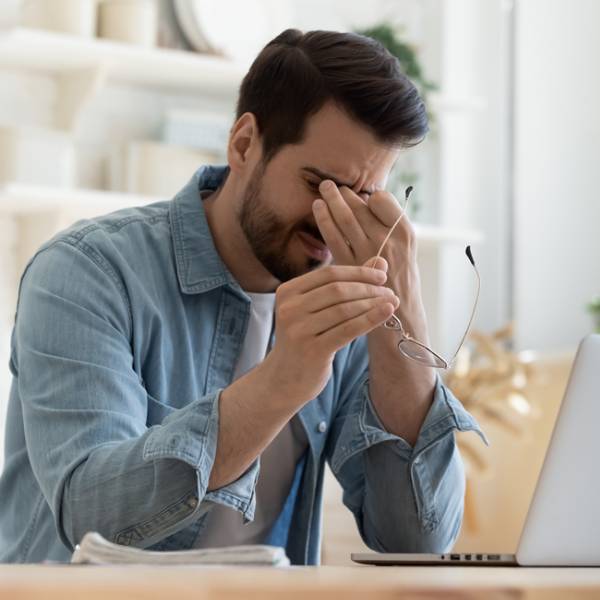Cornea and Lasik Eye Surgeon Specialist & Opthalmologist in Dombivali

Dry Eye Clinic
Dry eye disease is a common condition that occurs when your tears aren't able to provide adequate lubrication for your eyes. Tears can be inadequate and unstable for many reasons. For example, dry eyes may occur if you don't produce enough tears or if you produce poor-quality tears. This tear instability leads to inflammation and damage of the eye's surface.
Dry eyes feel uncomfortable. If you have dry eyes, your eyes may sting or burn. You may experience dry eyes in certain situations, such as on an airplane, in an air-conditioned room, while riding a bike or after looking at a computer screen for a few hours.
Treatments for dry eyes may make you more comfortable. These treatments can include lifestyle changes and eye drops. You'll likely need to take these measures indefinitely to control the symptoms of dry eyes.
Symptoms
Signs and symptoms, which usually affect both eyes, may include:
- A stinging, burning or scratchy sensation in your eyes
- Stringy mucus in or around your eyes
- Sensitivity to light
- Eye redness
- A sensation of having something in your eyes
- Difficulty wearing contact lenses
- Difficulty with nighttime driving
- Watery eyes, which is the body's response to the irritation of dry eyes
- Blurred vision or eye fatigue
Prevention
If you experience dry eyes, pay attention to the situations that are most likely to cause your symptoms. Then find ways to avoid those situations in order to prevent your dry eyes symptoms. For instance:
- Avoid air blowing in your eyes. Don't direct hair dryers, car heaters, air conditioners or fans toward your eyes.
- Add moisture to the air. In winter, a humidifier can add moisture to dry indoor air.
- Consider wearing wraparound sunglasses or other protective eyewear. Safety shields can be added to the tops and sides of eyeglasses to block wind and dry air. Ask about shields where you buy your eyeglasses.
- Take eye breaks during long tasks. If you're reading or doing another task that requires visual concentration, take periodic eye breaks. Close your eyes for a few minutes. Or blink repeatedly for a few seconds to help spread your tears evenly over your eyes.
- Be aware of your environment. The air at high altitudes, in desert areas and in airplanes can be extremely dry. When spending time in such an environment, it may be helpful to frequently close your eyes for a few minutes at a time to minimize evaporation of your tears.
- Position your computer screen below eye level. If your computer screen is above eye level, you'll open your eyes wider to view the screen. Position your computer screen below eye level so that you won't open your eyes as wide. This may help slow the evaporation of your tears between eye blinks.
- Stop smoking and avoid smoke. If you smoke, ask your health care provider for help devising a quit-smoking strategy that's most likely to work for you. If you don't smoke, stay away from people who do. Smoke can worsen dry eyes symptoms.
- Use artificial tears regularly. If you have chronic dry eyes, use eye drops even when your eyes feel fine to keep them well lubricated.
- Treatment options- Newer Laser Techniques like IPL, etc.
Copyright © All Rights Reserved, By Dr Vidya Bawkar
 WhatsApp
WhatsApp